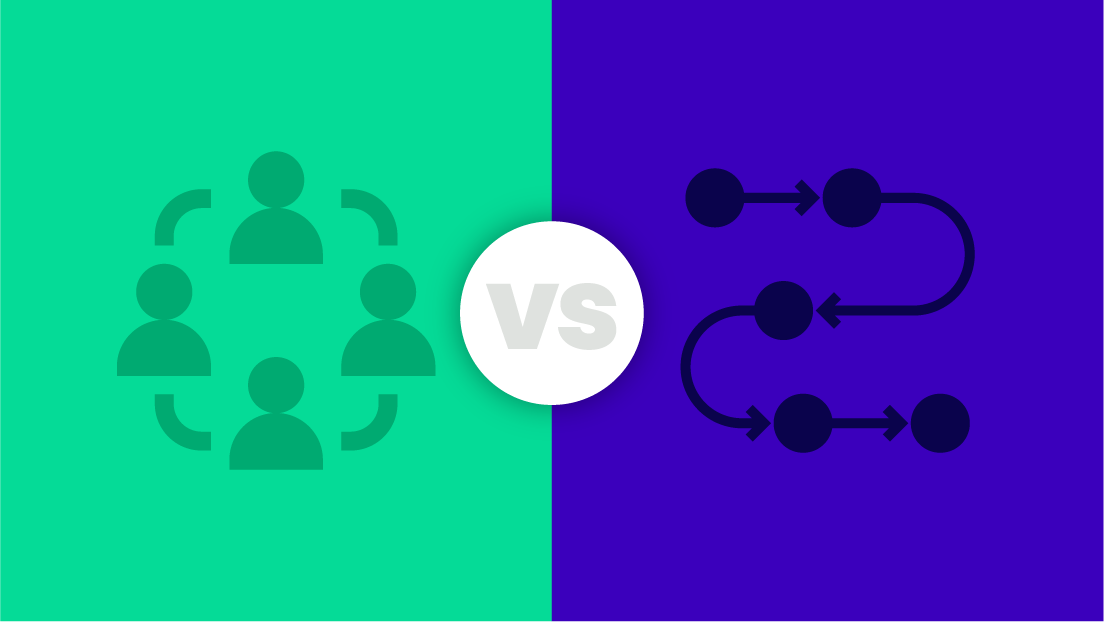Every reputable business has an established order-to-cash management process in place. Failure to create one would lead to unhappy customers and tarnished reputations. It would also create cashflow problems for the business, which could ultimately lead to insolvency.
This is why so many businesses invest heavily in payment processing and their fulfilment infrastructure.
What Is Order-to-Cash Cycle?
The order-to-cash process refers to converting orders into cash payments for the business while fulfilling orders for customers. It is commonly abbreviated as “O2C” or “OTC” and covers the sales and fulfilment process from start to finish. While both B2C and B2B companies have an order-to-cash process, it manifests differently. There are also differences in how service providers and retailers fulfil orders.
Regardless of the type of business, these are some of the benefits of properly managing the order-to-cash process flow:
- Streamlined purchasing and order process for customers
- Reduced fulfillment time
- Improved inventory management
- Better invoice management
- Reduced customer complaints
- 24/7 purchasing and order capabilities
How Does the Order-to-Cash Process Work?
The OTC process tends to follow similar steps for either B2B or B2C companies. Identifying each one can make it easier for businesses to optimize each step to improve payment processing and fulfillment:
1. Receive Order
Your business could receive orders by phone, in person, or online. For OTC purposes, this step matters most for online orders. Your business will need an order management system to facilitate orders, such as WooCommerce or Shopify. But it can also be something as simple as accepting payment information by phone or email.
2. Process Customer Payment
For most B2C businesses, customers make upfront payments or choose credit options. Companies need to have payment processing tools in place to manage these payments and to offer flexibility.
Here are common options:
- Apple Pay
- Check
- Credit Card
- Debit card
- Google Pay
- PayPal
- Square
Cash isn’t typically counted in this process since it closes the process without the need for any sort of conversion. It’s yet another reason why cash is one of businesses’ preferred forms of payment.
3. Fulfill the Order
This step begins with inventory management. It requires the company to source the specific item ordered and prepare to ship it off to the correct person at the right address. Most order management systems automate this step, especially for drop-shipping arrangements. If the company provides a service, it spends this time gathering resources.
4. Ship the Order
Most orders include estimated shipping times that companies must meet. Consequently, companies need to send the order in a timely manner. Sometimes, this could mean expedited shipping to ensure a happy customer. If the company provides a service, it spends this step executing that service.
5. Invoice the Customer/Client
Once shipped or even when fulfilled, order management systems can generate an invoice for B2C customers. The same can be done for B2B companies. Depending on the industry, business and unique payment arrangements, companies might use separate invoicing systems, such as QuickBooks. The industry could also lead to an OTC billing process that involves working with third parties, such as insurance companies.
6. Collect on Payment
Most B2C companies receive payment almost immediately by step two. B2B companies might not receive payment until 30+ days after fulfilling or shipping an order. B2B companies might have a far more complicated OTC collections process to discourage defaulting on payments. These companies are also more likely to include credit arrangements in-house or with third-party companies.
7. Generate Reports
Thanks to advances in technology, existing software can usually generate reports automatically. Some software platforms (such as Quickbooks) have superior integration tools, so companies can create more comprehensive reports and eliminate silos of information.
Companies still using 100% manual order-to-cash processes do exist. However, using software to optimize these processes ensures security, improves accounting accuracy and reduces the risks of human error. Gaviti has helped clients achieve this and more by supercharging their accounts receivable department and simplifying AR processes.
Schedule a demo to get started.






















